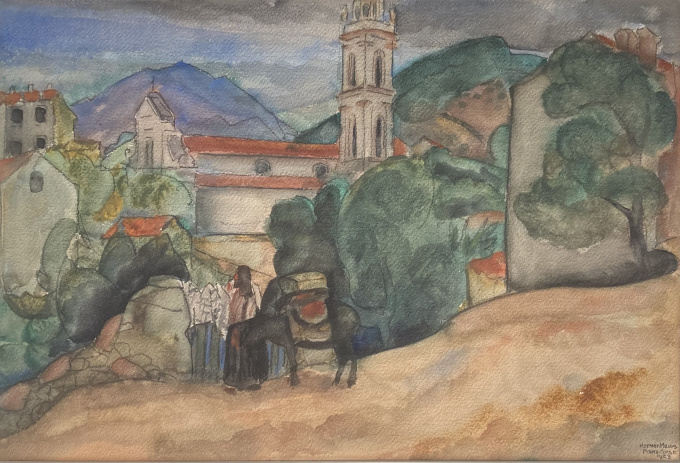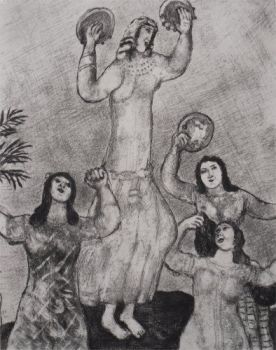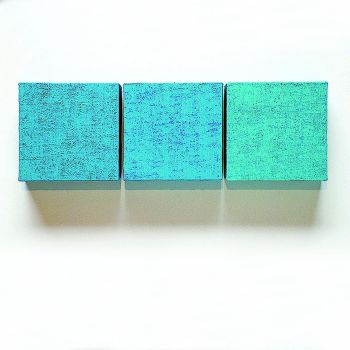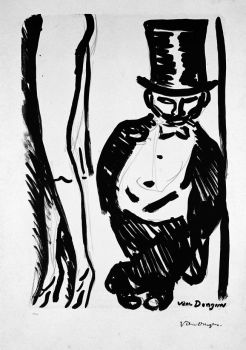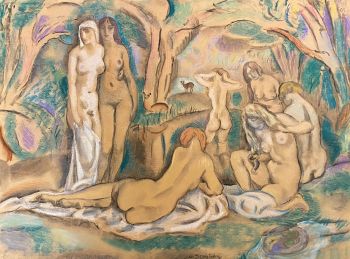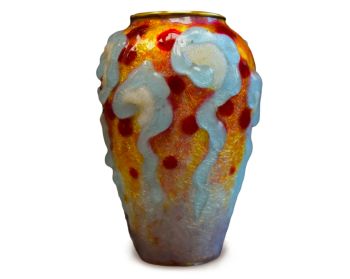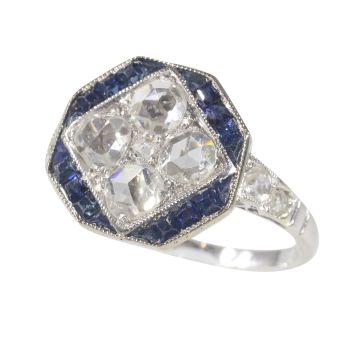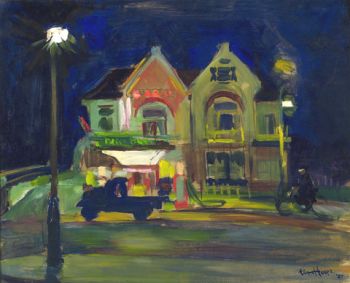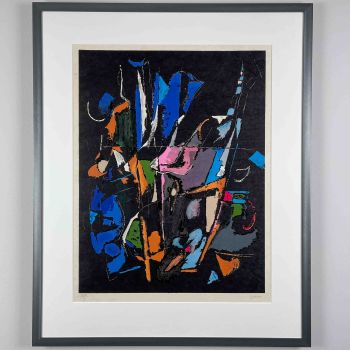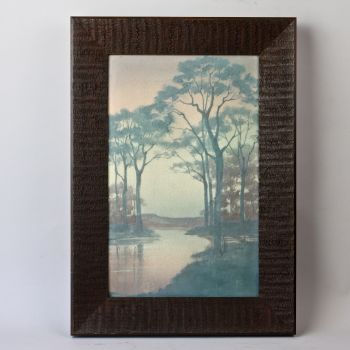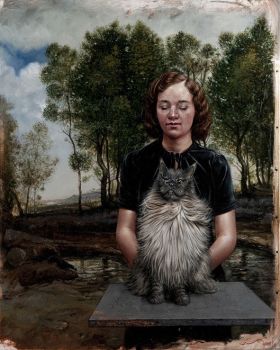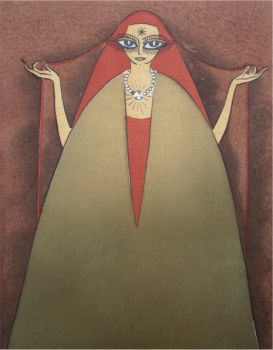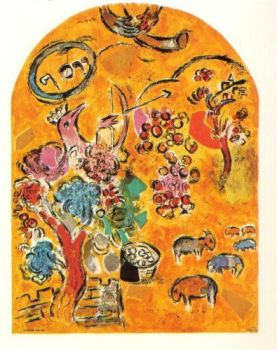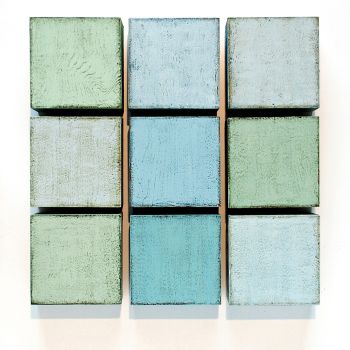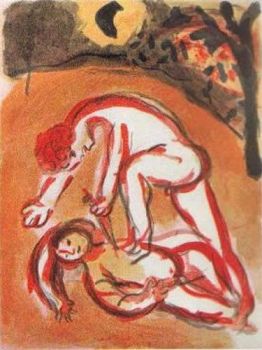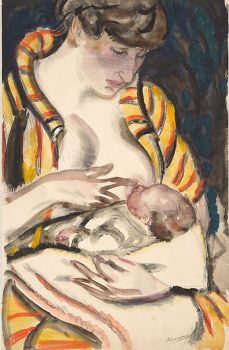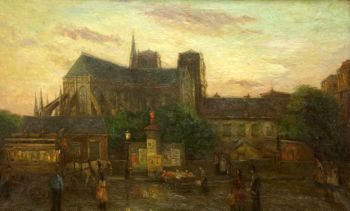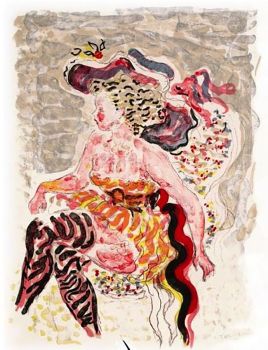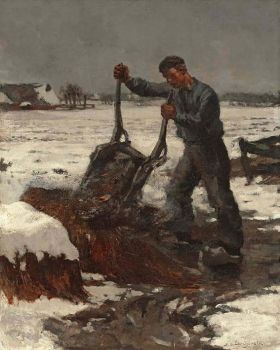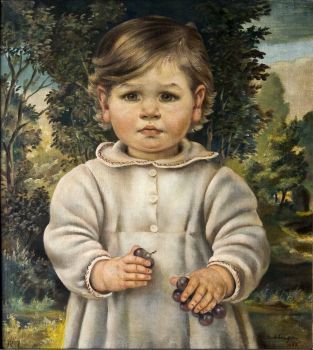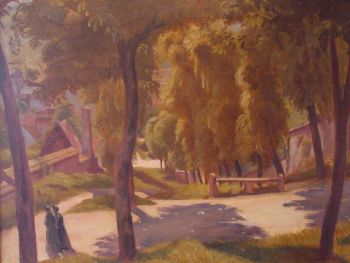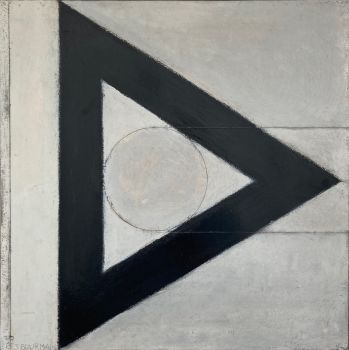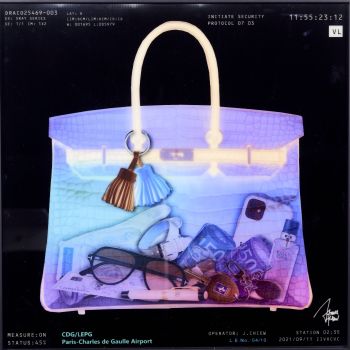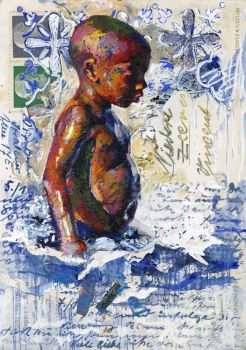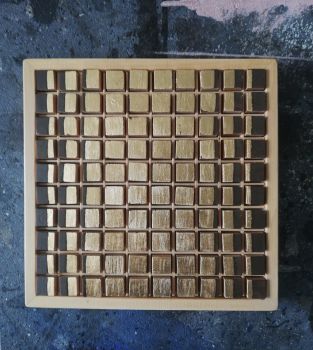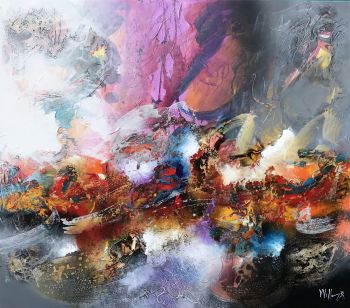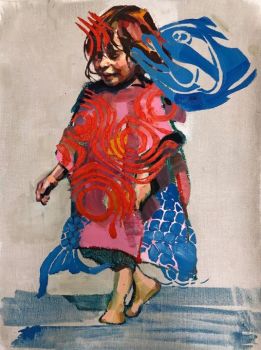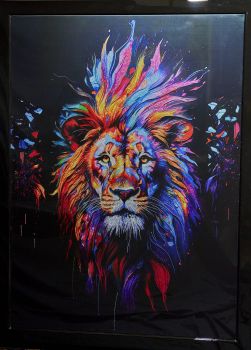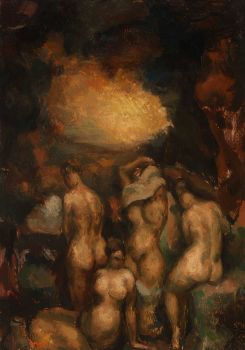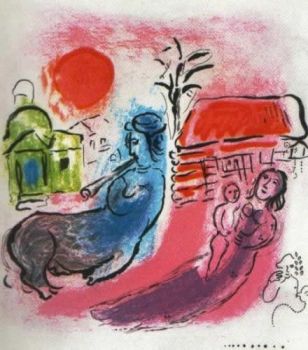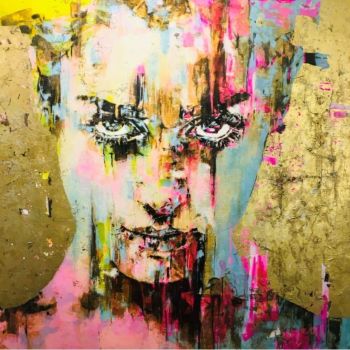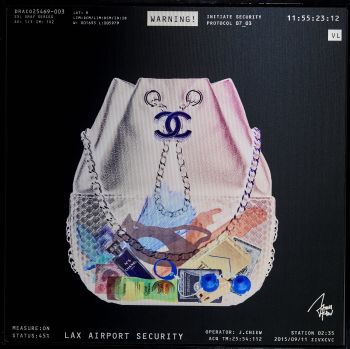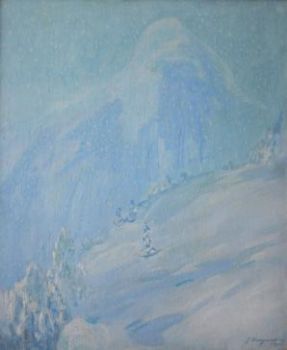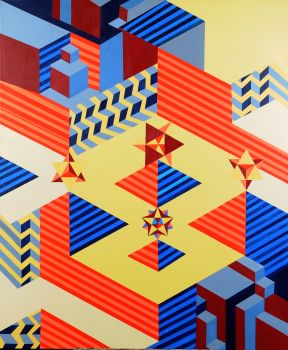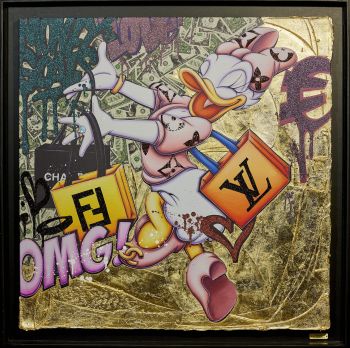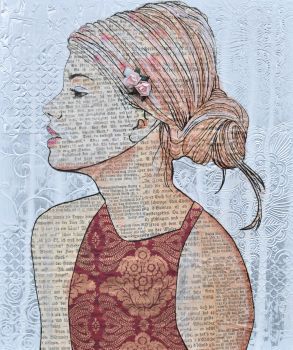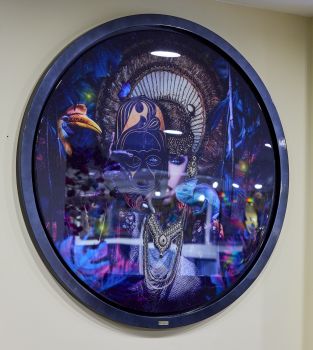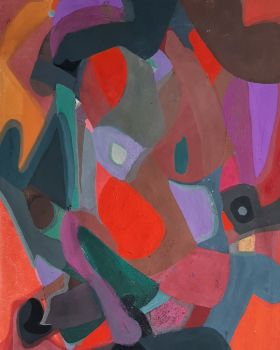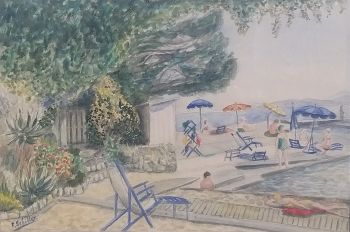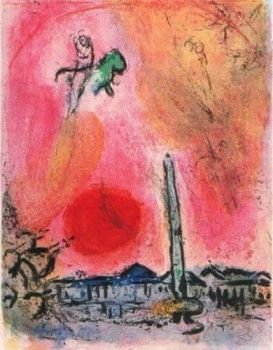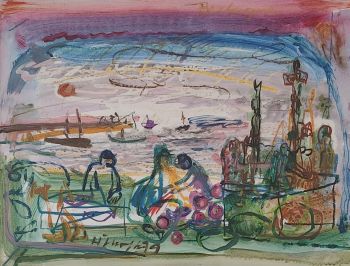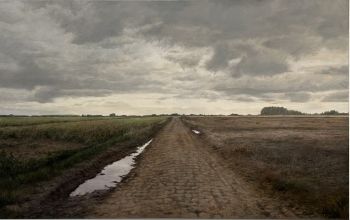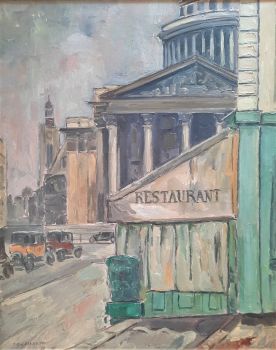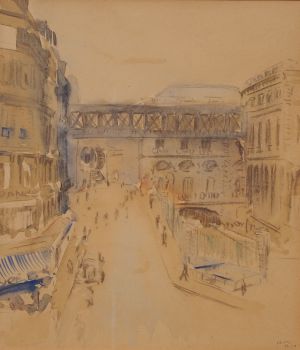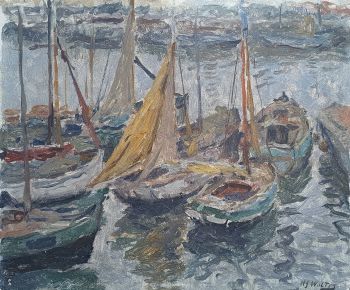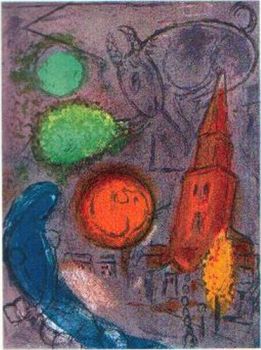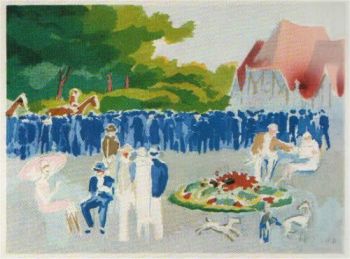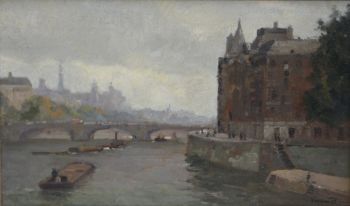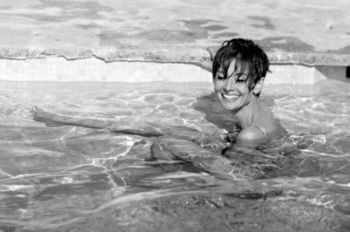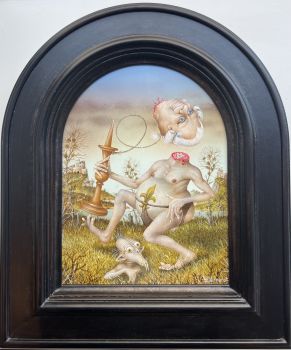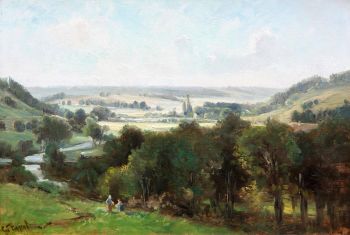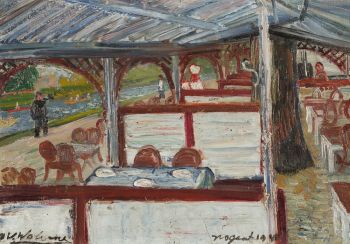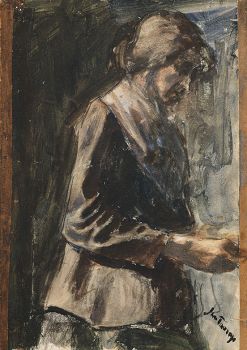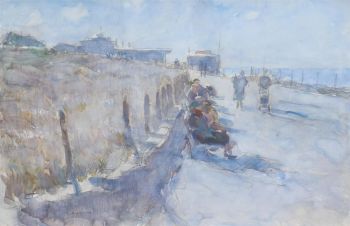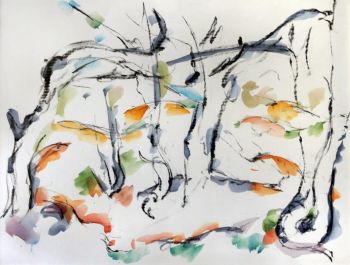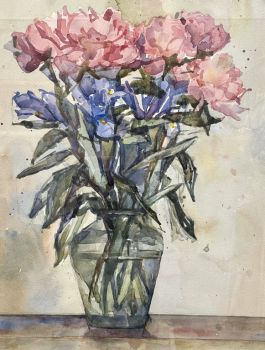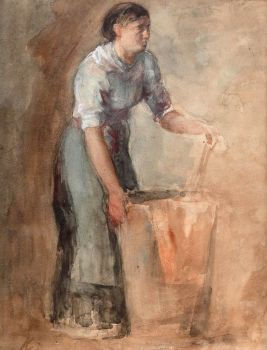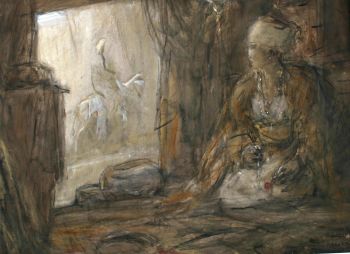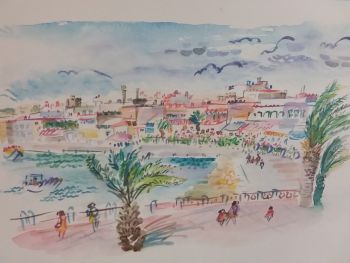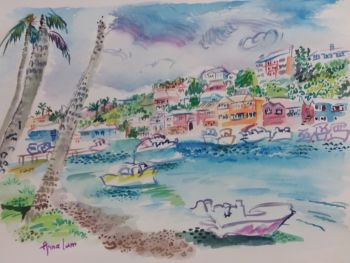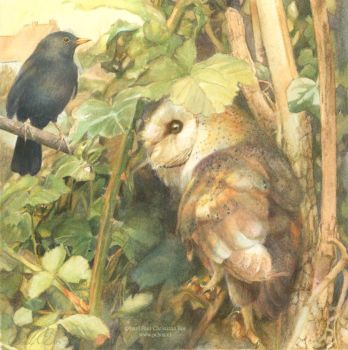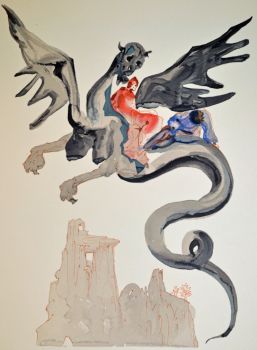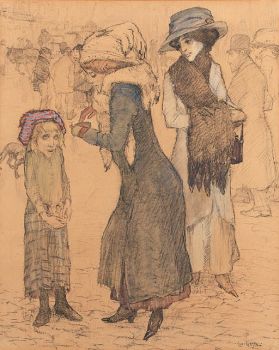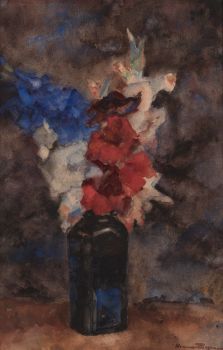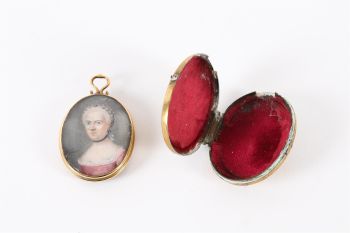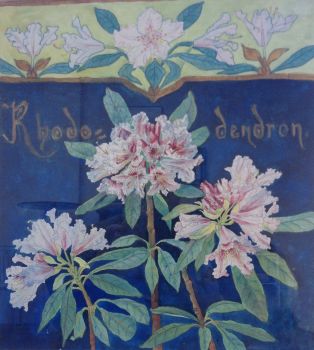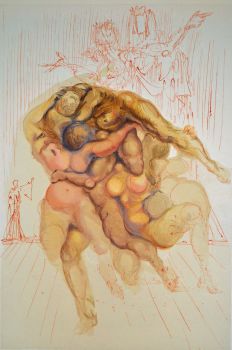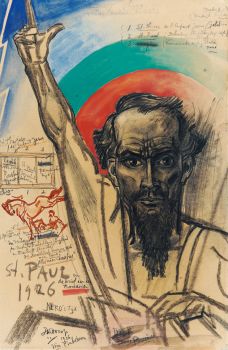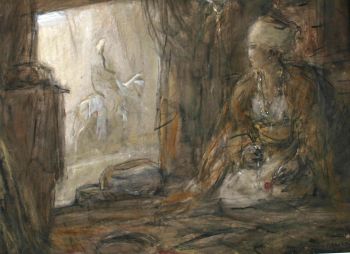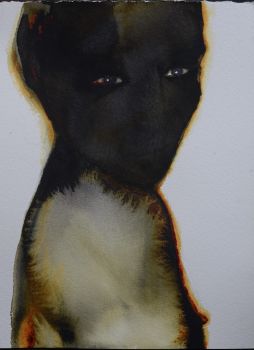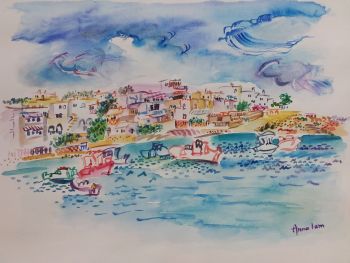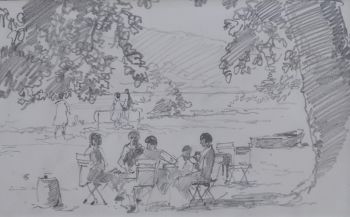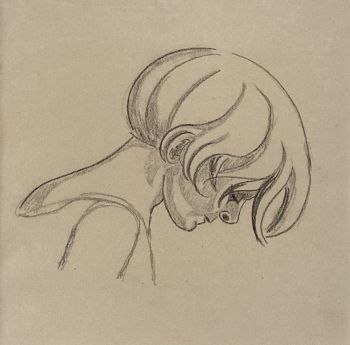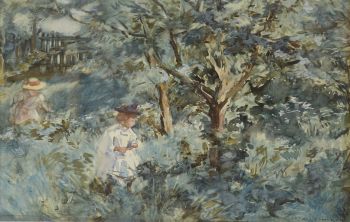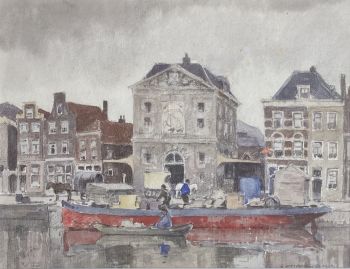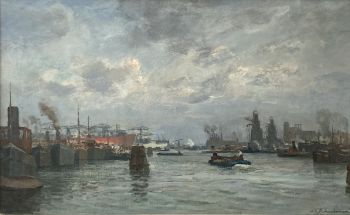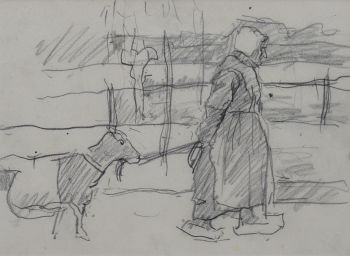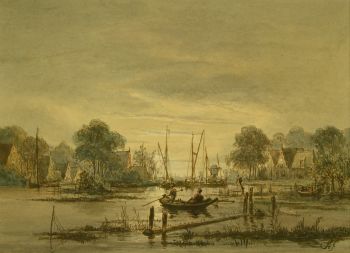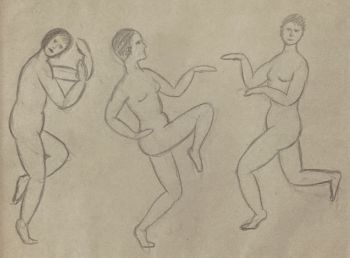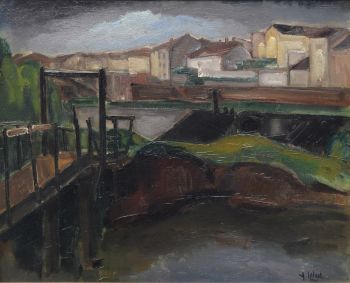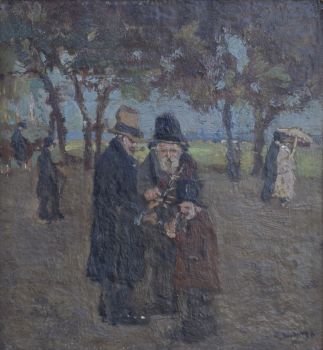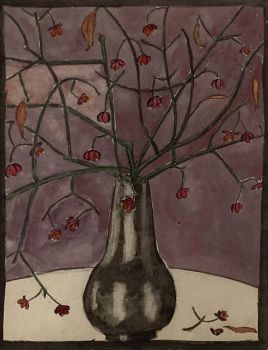Piana Corsica 1923
Harmen Meurs
Aquarel
33.50 ⨯ 49.50 cm
Momenteel niet beschikbaar via Gallerease
Artiquair
- Over kunstwerkMeurs studied in the evenings at the Rijksakademie van Beeldende Kunsten in Amsterdam. He lived and worked mainly in Wageningen, Amsterdam and he traveled a lot to France. From 1919, Meurs was able to run his own studio. In the same year he joined the artist group De Onafhankelijken. Which artist spent a lot of time at Corsica.
As a painter, Meurs developed into a successful artist, who also exhibited abroad. He painted landscapes, figures and still lifes in an initially post-impressionistic style. Because he was inspired by the Cubism expressionism (Bergense School) and the Fauvism of Kees van Dongen (1877-1968), his work became increasingly realistic from the 1920s. It showed a relationship with the 'Neue Sachlichkeit'. From 1925 he started to work more realistically.
Harmen Meurs was friends with Carel Willink (1900-1983). Willink later characterized the painter as a 'dandy' because of his always neat clothing and appearance. With neatly trimmed long sideburns. This was not to say, however, that Meurs was only active in elite artistic circles. On the contrary.
Meurs was appointed chairman of The Independents in 1929. In this position he organized the controversial exhibitions Neue Sachlichkeit (1929) and of French and Belgian surrealists (1930).
As an anti-fascist, he expressed his social commitment and political stance by bringing in a banned exhibition from Berlin in 1933 - as chairman of the Independents. The Amsterdam mayor Van der Vlugt and director Baard of the Stedelijk Museum banned the exhibition.
During the occupation he refused to become a member of the Reichskulturkammer and thus became isolated as an artist. During the war he continued to paint anti-Nazi works. After the occupation he left Amsterdam and moved into a house near Putten with his wife, the Jewish painter Berthe Edersheim.
After the war he led a more or less withdrawn life. Disappointed with what had happened in WW II. - Over kunstenaar
Harmen Hermanus Meurs was een Nederlandse schilder en aquarellist. Tussen 1909 en 1912 ging hij naar de Rijksschool voor Kunstnijverheid en de Rijksakademie van Beeldende Kunsten, beide in Amsterdam, waar hij les kreeg van Louis Raemaekers, een politiek cartoonist. In 1918 trad Meurs toe tot de kunstenaarsvereniging De Onafhankelijken. Hij was hun voorzitter tot 1932.
Meurs werd een bekende kunstenaar die ook in het buitenland exposeerde. Hij schilderde landschappen, stadsgezichten en portretten, maar specialiseerde zich vooral in het schilderen van boerentaferelen en stillevens van bloemen. Zijn stijl was aanvankelijk post-impressionistisch. Later werd hij geïnspireerd door het expressionisme en het fauvisme. Vanaf 1925 werd zijn werk realistischer en verwant aan de 'Neue Sachlichkeit' (Nieuwe Zakelijkheid).
Hij was actief in Nederland en Frankrijk. In 1930 ging hij naar Parijs voor een tentoonstelling van het Duitse en Belgische surrealisme in opdracht van De Onafhankelijken. Die tentoonstelling, in het Stedelijk Museum, was de eerste tentoonstelling over surrealisme in Nederland.Meurs was een felle tegenstander van de nazi's en liet dat zien in zijn werken. Hij weigerde lid te worden van de Reichskulturkammer en raakte als kunstenaar geïsoleerd. Na de oorlog reisde hij naar Spanje en Frankrijk. Meurs bleef schilderen tot aan zijn dood in 1964.
Bent u geïnteresseerd om dit kunstwerk te kopen?
Artwork details
Related artworks
- 1 - 1 / 1
Rene Rietmeyer
"USA South Florida January 2006"2006
Prijs op aanvraagEuropean Cultural Centre Collection
Etienne Bosch
Stadsgezicht van Parijs met de Notre Dame1883 - 1933
Prijs op aanvraagKunsthandel Pygmalion
1 - 4 / 24Hendrik J. Haverman
Jonge vrouw in Italiaanse kledij1877 - 1928
Prijs op aanvraagKunsthandel Pygmalion
1 - 4 / 24Bob Buys
Paris, Gare de L'Est, Passerelle de la Rue d'Alsace1940 - 1950
Prijs op aanvraagAdelwein Kunst
Herman Bogman jr.
Le Pont au Change et Le Conciergerie in Paris 1935 - 1945
Prijs op aanvraagAdelwein Kunst
1 - 4 / 20- 1 - 4 / 24
- 1 - 4 / 12

